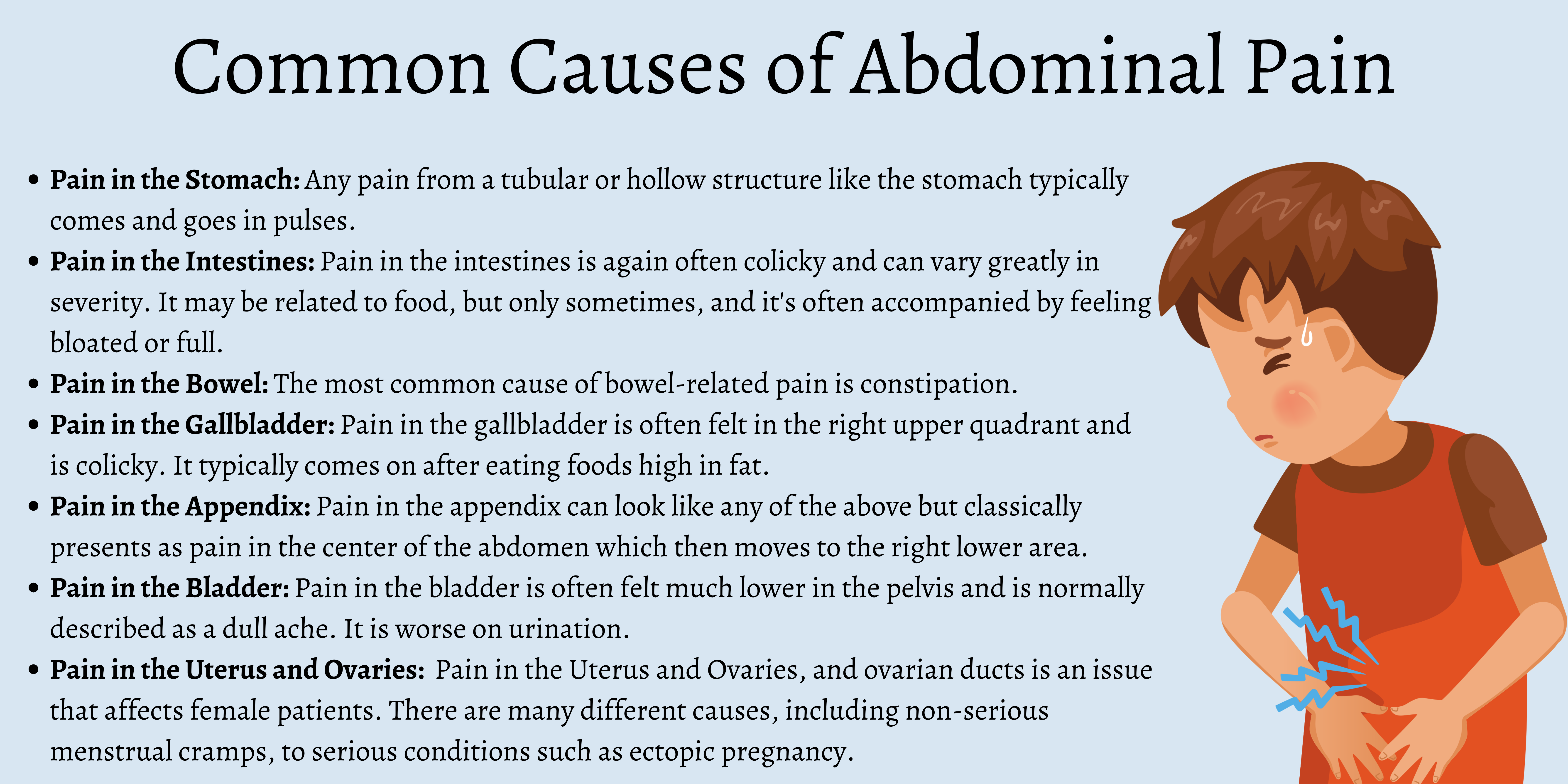Front Tooth Bridge Guide: Perfect Fit Guaranteed
The concept of a front tooth bridge has evolved significantly over the years, transforming from a purely functional solution to a sophisticated blend of aesthetics and durability. For individuals dealing with the loss of one or more front teeth, the psychological impact can be as significant as the physical. A well-crafted front tooth bridge not only restores the functionality of the teeth but also rejuvenates the smile, enhancing overall confidence and quality of life.
Understanding Front Tooth Bridges
A front tooth bridge is a dental restoration used to replace missing teeth in the frontal area of the mouth. It is typically anchored to the adjacent teeth, which are prepared to support the bridge. The bridge itself can be made from a variety of materials, including porcelain, ceramic, or composite resins, each chosen for its durability, aesthetic appeal, and compatibility with the individual’s oral environment.
Types of Front Tooth Bridges
Traditional Fixed Bridge: This is the most common type of bridge and involves crowning the teeth on either side of the gap and attaching the replacement teeth to these crowns. It offers excellent durability and aesthetic results but requires significant preparation of the adjacent teeth.
Cantilever Bridge: Used when there are adjacent teeth on only one side of the missing tooth, a cantilever bridge is less common in the front of the mouth due to aesthetic concerns but remains an option in specific cases.
Maryland Bridge: Also known as a resin-bonded bridge, this type is more conservative and involves bonding the artificial tooth to the back of the adjacent teeth using metal wings. It’s less invasive than traditional bridges but may not be as durable.
Implant-Supported Bridge: For those looking for a more permanent solution, an implant-supported bridge involves placing dental implants to act as the anchors for the bridge. This option is highly durable and feels very natural but requires sufficient bone density and a longer treatment period.
The Process of Getting a Front Tooth Bridge
The journey to acquiring a front tooth bridge begins with a comprehensive dental examination. The dentist evaluates the condition of the surrounding teeth, the health of the gums, and the overall state of the mouth. Based on this assessment, the dentist will discuss the most suitable type of bridge and material, considering factors such as durability, aesthetics, and budget.
Once the type of bridge is decided, the process typically involves:
- Preparation: The adjacent teeth are prepared to support the bridge. This may involve reshaping these teeth to fit the bridge comfortably.
- Impression: An impression of the teeth is made to create a model of the mouth. This model is used by the dental laboratory to craft the bridge.
- Temporary Bridge: A temporary bridge may be placed to protect the prepared teeth and gums while the permanent bridge is being made.
- Fitting: Once the bridge is ready, it is fitted and adjusted to ensure a comfortable and proper fit.
- Follow-Up: Regular follow-up appointments are crucial to monitor the bridge’s fit and the health of the surrounding tissues.
Achieving a Perfect Fit
Achieving a perfect fit with a front tooth bridge is crucial for both aesthetic and functional reasons. A well-fitted bridge ensures that the bite is properly aligned, thereby preventing unnecessary strain on the jaw and the risk of teeth erosion. Aesthetically, a perfectly fitted bridge blends seamlessly with the existing teeth, restoring the smile to its former glory.
To guarantee a perfect fit, dentists often utilize advanced technologies such as CAD/CAM (Computer-Aided Design/Computer-Aided Manufacturing) systems. These technologies enable the precise design and fabrication of dental restorations, including bridges, ensuring a highly accurate and comfortable fit.
Maintenance and Care
The longevity of a front tooth bridge depends significantly on the quality of its maintenance and care. Regular brushing and flossing are essential, as is the use of a waterpik for cleaning around the bridge. Regular dental check-ups are also crucial for monitoring the health of the gums, the condition of the bridge, and the stability of the supporting teeth.
Conclusion
A front tooth bridge is more than just a dental restoration; it’s a means to restore confidence, facilitate eating and speaking, and enhance the overall quality of life. With the advancement in dental technologies and materials, individuals can now look forward to bridges that are not only durable and functional but also aesthetically pleasing. Whether it’s dealing with the loss of a single tooth or multiple teeth, a perfectly fitted front tooth bridge can make a significant difference, offering a second chance at a vibrant, healthy smile.
How long does it take to get used to a front tooth bridge?
+Adjusting to a front tooth bridge can take a few days to a couple of weeks. During this time, it’s normal to experience slight discomfort or feel like the bridge doesn’t fit perfectly. However, as you get accustomed to the new restoration, these feelings typically subside, and the bridge starts to feel like a natural part of your mouth.
Can anyone get a front tooth bridge?
+Not everyone is a candidate for a front tooth bridge. The decision to proceed with a bridge depends on several factors, including the condition of the surrounding teeth, the health of the gums, and the overall oral environment. Individuals with significant tooth decay, periodontal disease, or insufficient bone density might need to explore other options or undergo preliminary treatments before a bridge can be considered.
How long does a front tooth bridge last?
+The lifespan of a front tooth bridge can vary significantly depending on the material used, the quality of the bridge, and the patient’s oral hygiene practices. On average, a well-maintained front tooth bridge can last anywhere from 5 to 15 years or more. Regular dental check-ups and good oral care are essential for extending the life of the bridge.

